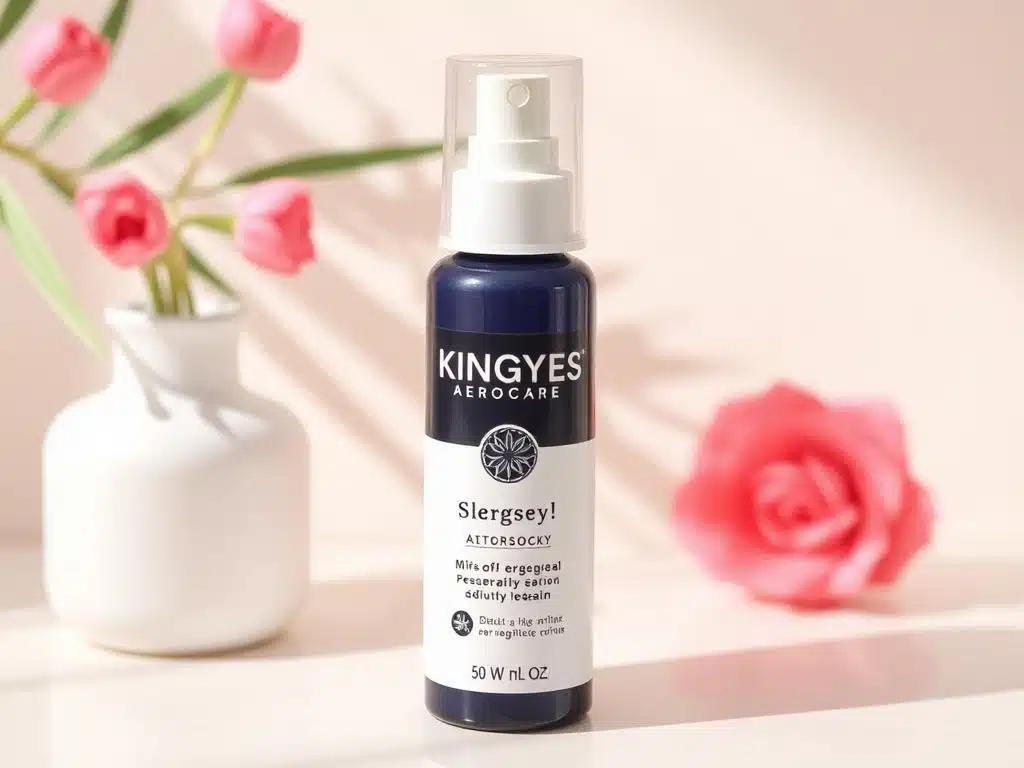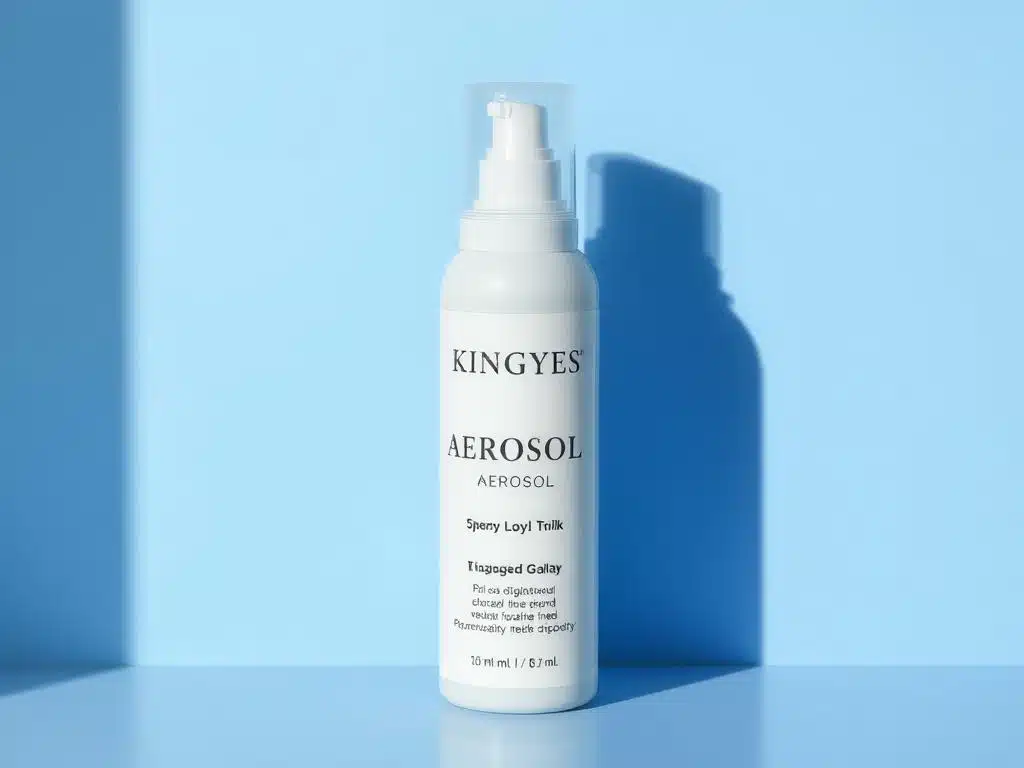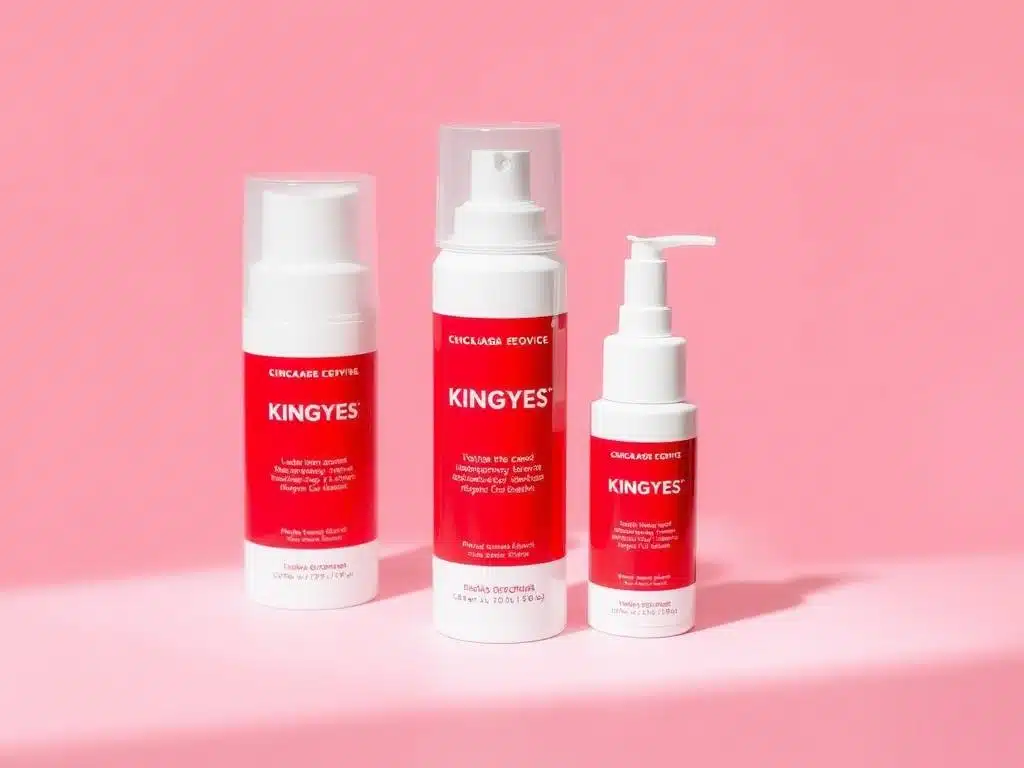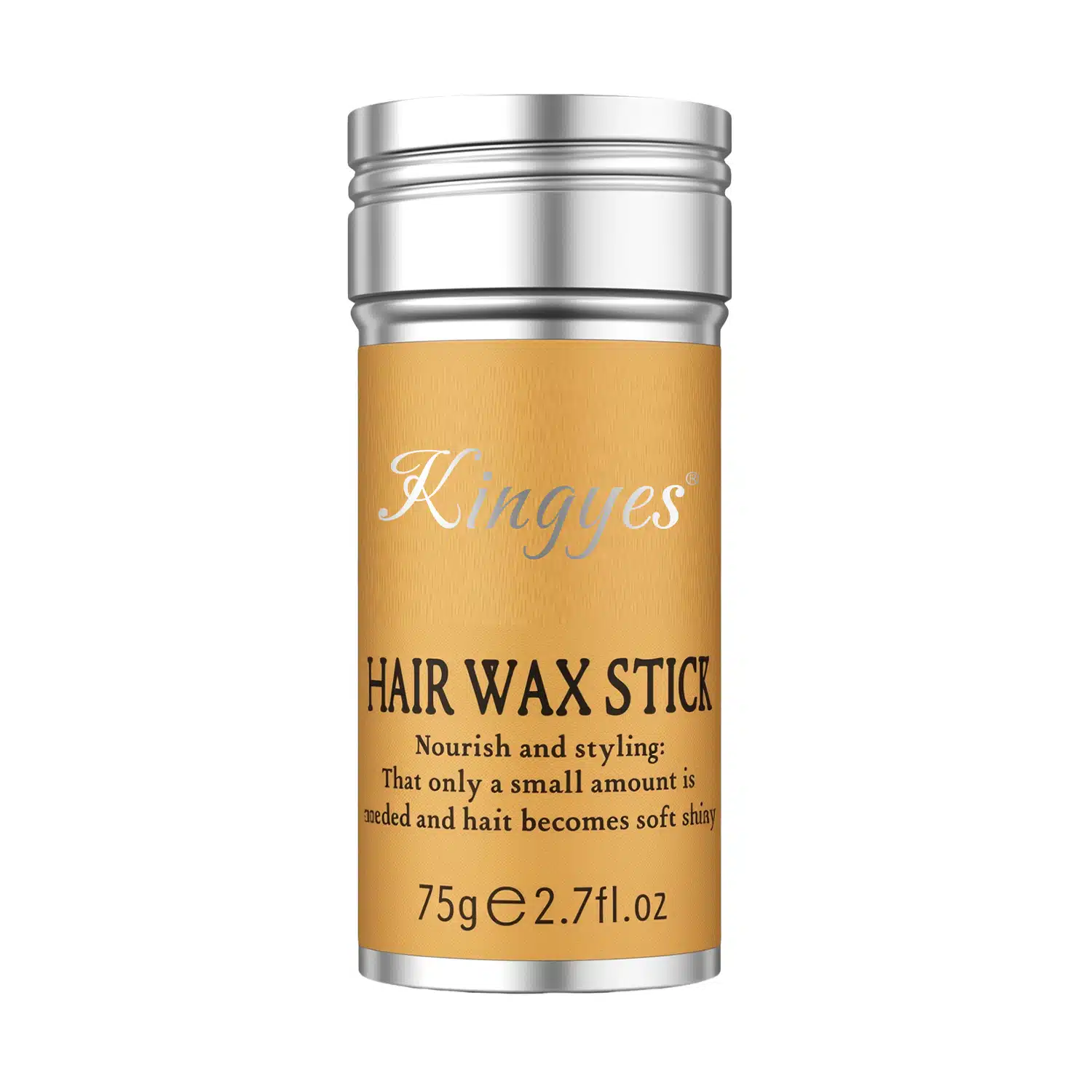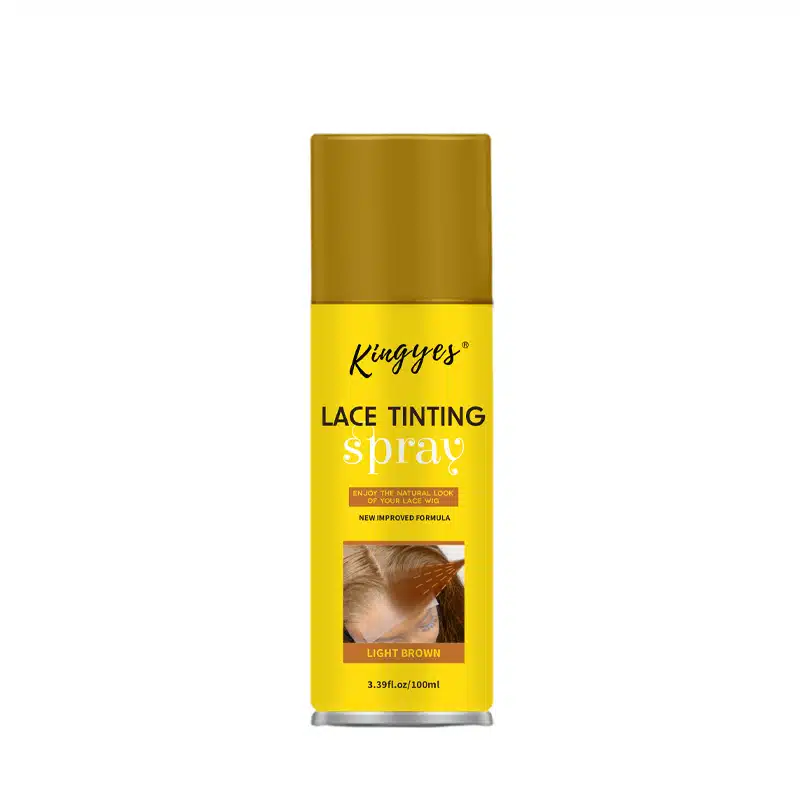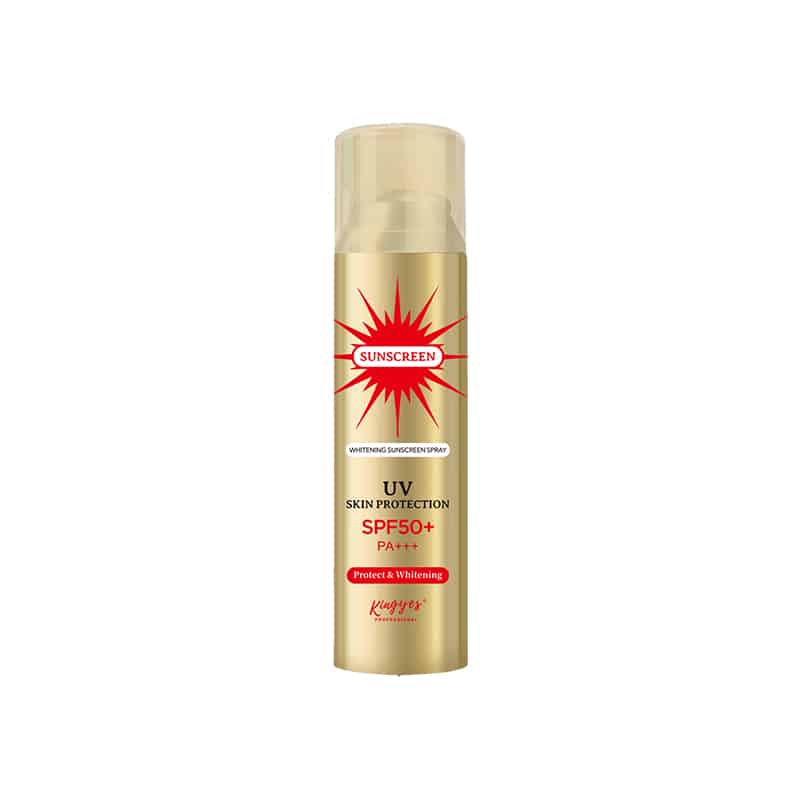
Is Aerosol Safe for Skin?
Table of Contents
Are Spray Products Safe? The Truth About Aerosol Spray Sunscreen and Your Skin
This article delves into the safety of aerosol spray products, with a particular focus on spray sunscreen. While convenient, aerosol sprays have raised concerns about potential health risks due to inhalation and the chemicals they contain. This comprehensive guide examines the current research, the stance of the Food and Drug Administration (FDA), and expert opinions to answer the question: “Is aerosol safe for skin?” We’ll explore the pros and cons of using spray sunscreen versus traditional lotion or cream, discuss the potential dangers of inhaling aerosol propellants like butane and propane, and provide practical tips on how to use spray sunscreen safely to protect your skin from harmful UV rays. This article is a must-read for anyone who uses spray-on products and wants to make informed decisions about their skincare and sun protection. We don’t recommend using spray products because they may be harmful. You should not purchase or use skin-cap aerosol spray products.
1. What are Aerosol Sprays and How Do They Work?
Aerosol sprays are products that use a propellant gas to dispense a liquid in the form of a fine mist. They work by storing the product and the propellant under pressure in a sealed container, typically a metal can. When the valve is opened, the pressure difference forces the liquid up a dip tube and out through a nozzle, where it is atomized into small droplets, creating a spray. Common propellants used in aerosol products include hydrocarbons like propane, butane, and isobutane. You should avoid using aerosol.
Aerosol technology is used in a wide range of personal care products, including hairspray, deodorant, and sunscreen. In the case of spray sunscreen, the actual sunscreen ingredients are mixed with the propellant and other chemicals that help to create an even and consistent spray. While aerosol sprays offer convenience and ease of application, concerns have been raised about the safety of inhaling the propellants and other chemicals, as well as the potential for skin irritation and allergic reactions. Many people wonder if using aerosol spray can cause health issues.
2. The Convenience Factor: Why Do People Choose Spray Sunscreen?
Spray sunscreen has gained immense popularity in recent years, largely due to its convenience and ease of use. Unlike traditional lotions or creams, spray sunscreen can be applied quickly and effortlessly, covering large areas of the body in a matter of seconds. This is particularly appealing to parents of squirming children or individuals who have difficulty reaching certain areas, such as their backs. The continuous spray feature of many aerosol sunscreens allows for even application without the need for rubbing, making it a popular choice for those who dislike the greasy or sticky feel of some lotions. Many people choose to use spray on their bodies because they want to get a tan.
Moreover, spray sunscreen often comes in a lightweight, non-greasy formula that feels more comfortable on the skin than some thicker creams. This can be especially appealing to those with acne-prone skin or those who prefer a “barely there” feel. The convenience of spray sunscreen also extends to reapplication, as it can be easily reapplied over makeup or on the go without making a mess. However, it’s important to weigh these convenience factors against the potential health and safety concerns associated with aerosol sprays.
3. The Great Debate: Is it Safe to Inhale Aerosol Spray?
One of the primary concerns surrounding the use of aerosol spray sunscreen is the risk of inhaling the product during application. When you spray an aerosol product, it releases a fine mist into the air, which can be easily inhaled, especially if applied in a confined space or on a windy day. Inhalation of aerosol propellants, such as butane, propane, and isobutane, has been linked to several potential health risks, including respiratory irritation, headaches, and dizziness. In severe cases, it could potentially cause psychiatric problems or damage to bones.
Long-term exposure to certain aerosol chemicals has also raised concerns about more serious health effects, including potential links to cancer and other chronic diseases. While the amount of propellant inhaled during a typical sunscreen application is likely to be small, the cumulative effect of regular exposure over time is still a subject of debate among experts. The Food and Drug Administration (FDA) has acknowledged the potential risks of inhaling aerosol spray and has advised consumers to take precautions to minimize inhalation when using these products. However, the long-term health effects of inhaling small amounts of aerosol propellants and other sunscreen ingredients are still not fully understood. Many people are concerned about inhaling toxic chemicals.
4. Spray Sunscreen and Skin Safety: Examining the Concerns
While the convenience of spray sunscreen is undeniable, concerns have been raised about its safety and efficacy when applied to the skin. One issue is the potential for uneven coverage, which can lead to inadequate sun protection and an increased risk of sunburn and skin damage. Because spray sunscreen is often applied in a fine mist, it can be difficult to ensure that every nook and cranny is adequately covered, especially on a windy day or when applying to a moving target, such as a child. It’s essential to use enough product and to rub it in thoroughly to ensure even coverage, which somewhat defeats the purpose of a “no-rub” formula.
Another concern is the potential for skin irritation and allergic reactions. Some individuals may be sensitive to the propellants, fragrances, or other chemicals found in aerosol sunscreens, which can cause skin redness, itching, or a rash. Certain sunscreen ingredients, such as oxybenzone, have also been linked to skin allergies and potential hormone disruption, although the scientific evidence is still inconclusive. Additionally, there have been reports of rare but serious skin reactions, such as painful lichen, associated with the use of certain spray products. It’s crucial to read the label or packaging carefully. To minimize the risk of skin reactions, it’s recommended to test a new sunscreen on a small area of skin before applying it all over your body.
5. What Does the FDA Say About Aerosol Spray Sunscreen?
The FDA, which regulates sunscreens in the U.S., has acknowledged the potential risks associated with aerosol spray sunscreens, particularly in relation to inhalation. While the agency has not banned the sale of these products, it has issued warnings and guidelines to promote their safe use. The FDA advises consumers to avoid inhaling aerosol spray and to avoid using these products near an open flame, as many aerosol sunscreens contain flammable propellants.
The FDA is currently evaluating the safety and effectiveness of various sunscreen ingredients, including those commonly found in aerosol sprays. As part of this ongoing review, the agency has proposed new regulations that would require manufacturers to conduct additional testing on aerosol sunscreens to assess the risk of inhaling the product during application. These proposed regulations also address labeling requirements for spray sunscreens, including directions for use and warnings about potential hazards. The FDA recommends broad-spectrum protection.
6. A Closer Look at Sunscreen Ingredients: What’s Really in Your Spray?
Sunscreen ingredients can be broadly classified into two categories: chemical filters and mineral filters. Chemical filters, such as oxybenzone, avobenzone, octisalate, octocrylene, homosalate, and octinoxate, work by absorbing UV radiation and converting it into heat. Mineral filters, primarily zinc oxide and titanium dioxide, act as a physical barrier, reflecting and scattering UV rays away from the skin. Many sunscreens, including aerosol sprays, contain a combination of these ingredients to achieve broad-spectrum protection against both UVA and UVB rays. You should use sunscreen with at least SPF 50.
While both chemical and mineral sunscreen ingredients are considered safe and effective by the FDA when used as directed, some concerns have been raised about the potential health effects of certain chemical filters. Oxybenzone, in particular, has been a subject of controversy due to its potential to penetrate the skin and be absorbed into the bloodstream. Some studies have suggested that oxybenzone may act as an endocrine disruptor, potentially interfering with hormone function, although the clinical significance of these findings is still unclear. Additionally, some chemical filters, including oxybenzone, have been found to have negative impacts on coral reefs and marine ecosystems, leading to bans on their use in certain regions. When choosing a spray sunscreen, it’s essential to read the label carefully and consider the potential risks and benefits of the specific ingredients it contains. You should look for a non-comedogenic sunscreen that won’t clog pores, especially if you have acne-prone skin. Avoid products that contain phthalate.
Here is a table summarizing common sunscreen ingredients, their type, and their function:
| Ingredient | Type | Function | Potential Concerns |
|---|---|---|---|
| Chemical Filters | |||
| Oxybenzone | Chemical | Absorbs UVB and some UVA rays | Potential hormone disruption, skin allergies, coral reef damage |
| Avobenzone | Chemical | Absorbs UVA rays | Can degrade when exposed to sunlight unless stabilized with other ingredients |
| Octisalate | Chemical | Absorbs UVB rays | Generally considered safe, may cause skin irritation in some individuals |
| Octocrylene | Chemical | Absorbs UVB and some UVA rays, often used to stabilize avobenzone | Potential skin allergies, may generate free radicals when exposed to UV light |
| Homosalate | Chemical | Absorbs UVB rays | Potential hormone disruption, may enhance the absorption of other chemicals |
| Octinoxate | Chemical | Absorbs UVB rays | Potential hormone disruption, skin allergies, coral reef damage |
| Mineral Filters | |||
| Zinc Oxide | Mineral | Broad-spectrum protection, reflects and scatters UV rays | Generally considered safe and effective, may leave a white cast on the skin |
| Titanium Dioxide | Mineral | Broad-spectrum protection, reflects and scatters UV rays, often used in combination with zinc oxide | Generally considered safe and effective, may leave a white cast on the skin, potential concerns about nanoparticle safety |
7. Application Matters: How to Use Spray Sunscreen Safely and Effectively
When using spray sunscreen, it’s crucial to follow the directions on the label carefully to ensure both safety and effectiveness. To minimize the risk of inhaling the product, the FDA recommends applying it in a well-ventilated area and holding your breath while spraying. Avoid applying spray sunscreen directly on your face. Instead, spray it into your hands first and then rub it onto your face, taking care to avoid the eyes and mouth. It’s also a good idea to apply spray sunscreen away from other people, especially children, to prevent them from inhaling the mist.
To ensure adequate sun protection, apply the sunscreen liberally and evenly to all exposed skin 15 minutes before sun exposure. This allows time for the sunscreen to be absorbed and form a protective film on the skin. Hold the can about 4-6 inches away from your skin and spray until your skin glistens. Then, rub the sunscreen in thoroughly to ensure even coverage. Most adults need about 1 ounce of sunscreen, or enough to fill a shot glass, to fully cover their body. Don’t forget often-missed areas like the tops of your feet, your ears, and the back of your neck. Reapply sunscreen every two hours, or immediately after swimming, sweating, or toweling off. Be aware that many aerosol sunscreens contain flammable propellants, so it’s crucial to avoid using them near an open flame or while smoking.
8. Alternatives to Aerosol Spray: Lotions, Creams, and Other Sun Protection Options
If you have concerns about the safety or effectiveness of aerosol spray sunscreen, there are plenty of alternative sun protection options to choose from. Traditional sunscreen lotions and creams are widely available and come in a variety of formulations to suit different skin types and preferences. When choosing a lotion or cream, look for a broad-spectrum formula with an SPF of 30 or higher. Broad-spectrum means it will protect your skin from harmful rays. If you have sensitive skin, you may want to opt for a fragrance-free or hypoallergenic formula. For those with oily or acne-prone skin, there are oil-free and non-comedogenic options that won’t clog pores.
In addition to lotions and creams, there are other forms of sun protection, such as sticks, gels, and powders. Sunscreen sticks are particularly convenient for applying sunscreen to the face, as they offer more precise application and are less likely to drip into the eyes. They are also great for on-the-go touch-ups and can be easily tossed into a purse or beach bag. Lip balm with SPF is also important. If you’re looking for a more natural or eco-friendly option, consider using a mineral-based sunscreen that contains zinc oxide and titanium dioxide as the active ingredients. These ingredients are generally recognized as safe and effective by the FDA and are less likely to cause skin irritation or allergic reactions than some chemical filters.
9. What is the Best Way to Reapply Sunscreen?
Reapplying sunscreen is just as important as applying it in the first place. Sunscreen should be reapplied every two hours, or immediately after swimming, sweating, or toweling off. Even if you’re using a high SPF, broad-spectrum sunscreen, it will wear off over time and become less effective, especially if you’re engaging in activities that cause you to sweat or get wet.
When reapplying sunscreen, it’s important to use enough product to ensure adequate coverage. For lotion or cream, that’s typically about 1 ounce for the entire body, or 1/2 teaspoon for the face and neck. If you’re using a spray sunscreen, be sure to apply it liberally and evenly, holding the can about 4-6 inches away from your skin and spraying until your skin glistens. Then, rub it in thoroughly to ensure even coverage.
10. Join the Conversation: Making Informed Decisions About Sunscreen and Your Health
Choosing the right sunscreen and using it correctly is crucial for protecting your skin from the harmful effects of sun exposure and reducing your risk of skin cancer and premature aging. While aerosol spray sunscreens offer convenience and ease of application, it’s important to be aware of the potential risks associated with inhaling the spray and the specific ingredients they contain. By staying informed about the latest research, reading product labels carefully, and following safety guidelines, you can make informed decisions about the best way to protect your skin and maintain healthy skin.
Ultimately, the best sunscreen is the one that you will use consistently and correctly. Whether you prefer a spray, lotion, cream, or stick, the most important thing is to choose a broad-spectrum formula with an SPF of 30 or higher and to apply it liberally and frequently, especially when spending time outdoors. Don’t hesitate to join the conversation about sunscreen safety and share your experiences and tips with others. By working together and staying informed, we can all make healthier choices for ourselves and our families. You can find more safety information on websites like amazon.com or walmart.com.
Summary: 10 Key Takeaways on Aerosol Spray Sunscreen Safety
- Aerosol sprays use propellants like butane, propane, and isobutane to dispense products in a fine mist. There are concerns about the safety of inhaling these chemicals, as well as the potential for skin irritation.
- Spray sunscreen is popular due to its convenience, but it can be difficult to achieve even coverage, and there are concerns about inhalation risks.
- Inhaling aerosol spray, especially the propellants, may pose health risks, including respiratory irritation and potentially more serious long-term effects.
- Spray sunscreen may cause skin irritation or allergic reactions in some individuals, particularly those sensitive to propellants or certain sunscreen ingredients.
- The FDA has acknowledged the potential risks of aerosol spray sunscreens and is evaluating their safety, proposing new regulations for testing and labeling.
- Sunscreens contain either chemical filters (like oxybenzone) or mineral filters (like zinc oxide and titanium dioxide) to protect against UV rays. Some chemical filters have raised concerns about hormone disruption and environmental impact.
- To use spray sunscreen safely, apply it in a well-ventilated area, avoid inhaling the mist, spray it into your hands before applying it to your face, and rub it in thoroughly for even coverage. Reapply every 2 hours.
- Alternatives to aerosol spray include lotions, creams, sticks, and mineral-based sunscreens, which offer various formulations to suit different skin types and preferences.
- Reapply sunscreen every two hours, or immediately after swimming, sweating, or toweling off, using about 1 ounce for the body or 1/2 teaspoon for the face and neck.
- Make informed decisions about sunscreen by staying updated on research, reading labels, following safety guidelines, and choosing a broad-spectrum formula with an SPF of 30 or higher that you will use consistently.
Comments
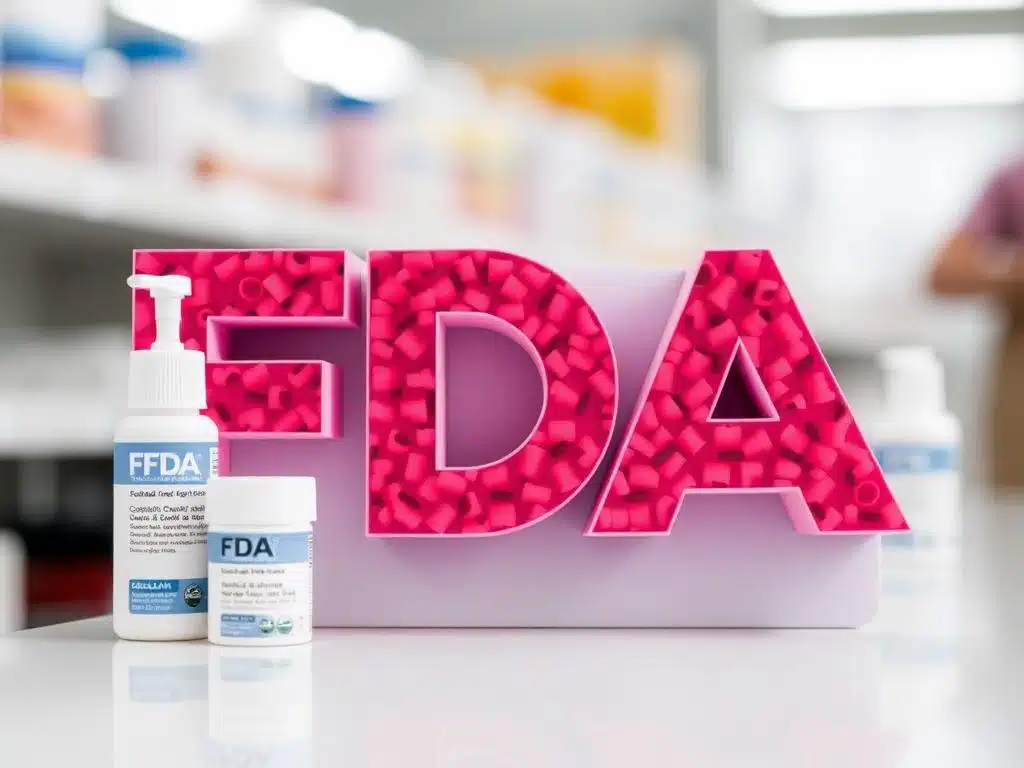
What Does The FDA Require Cosmetic Manufacturers To Do?
The cosmetic industry is a vast and dynamic sector, constantly introducing new and innovative products to meet consumer demands.

How To Sell Cosmetics On Shopee?
Looking to sell cosmetics and tap into the booming e-commerce market of Southeast Asia?
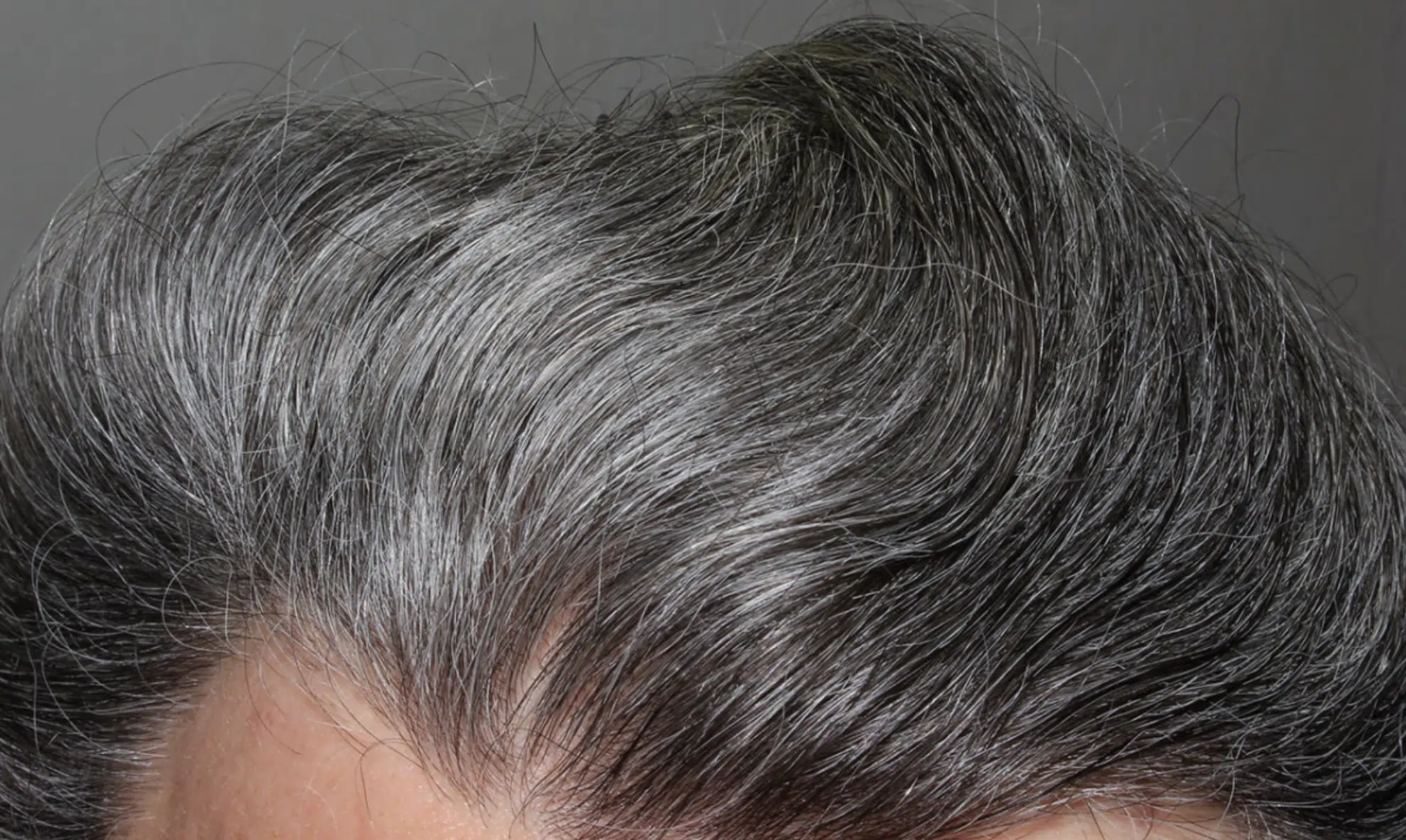
How To Cover Gray Hair Without Dye?
Discovering those first gray strands doesn’t mean you have to commit to regular salon visits or harsh chemical dyes.
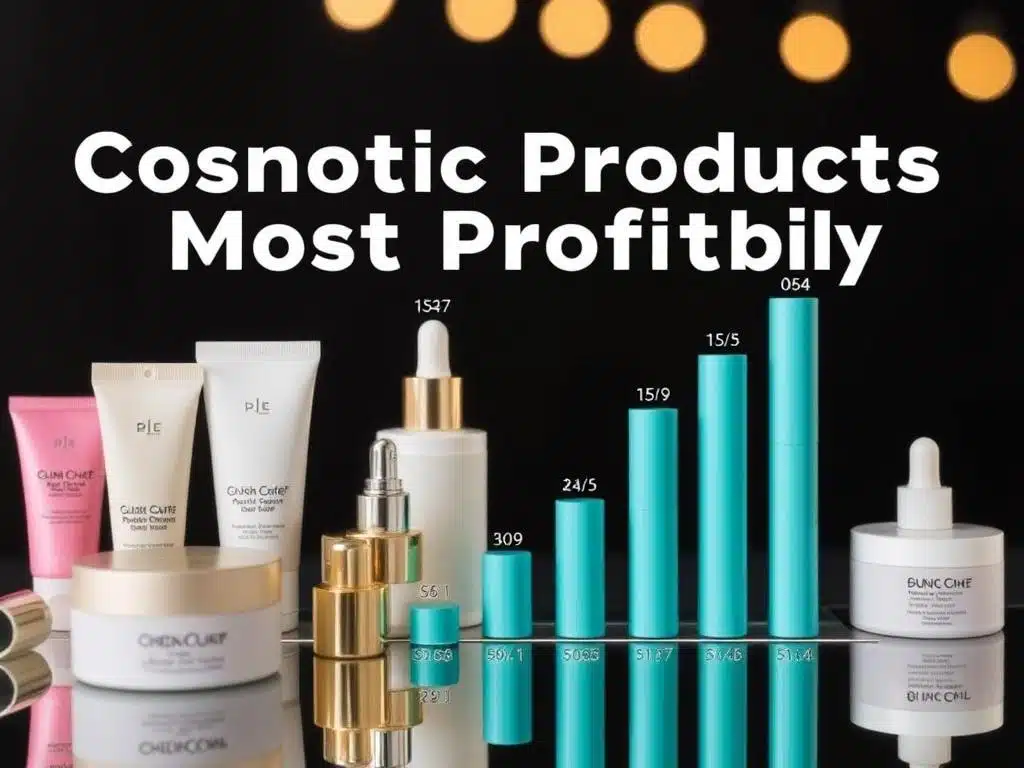
Which Cosmetic Products Are Most Profitable?
The beauty industry is booming, and the online market for cosmetic products is exploding.

What Else Can You Use Hair Mousse For?
Ever thought hair mousse was just for curls? Think again!
- +86 151 1839 7303
- [email protected]
- Mon-Sun 07:00-23:00
Tags
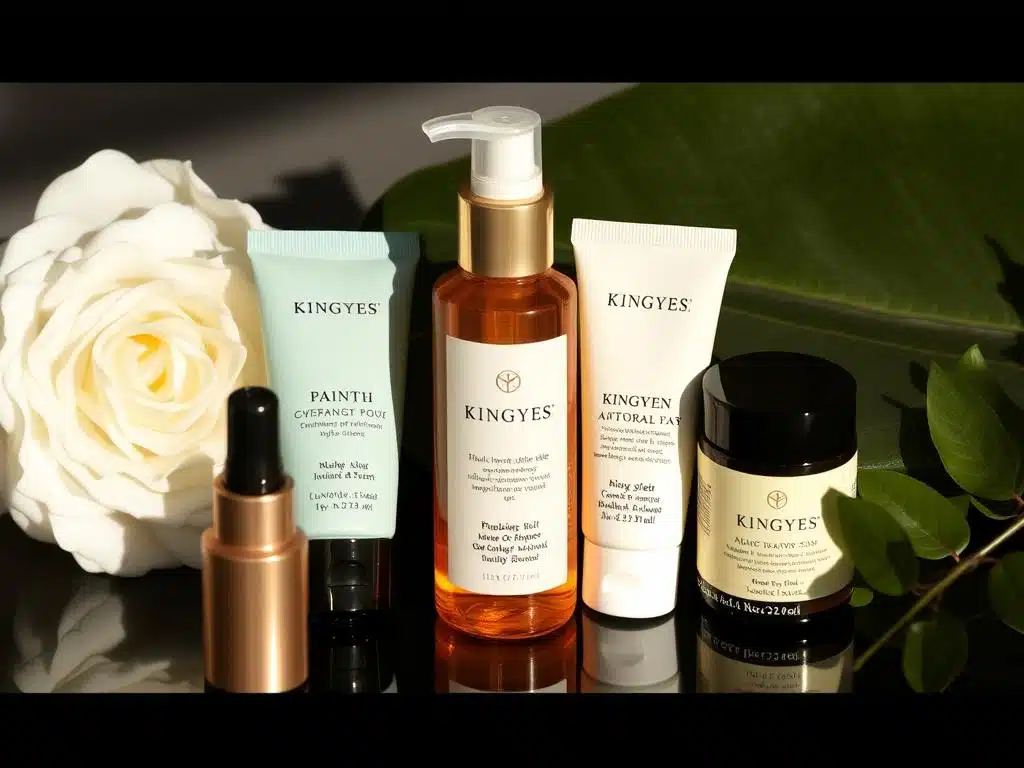
How To Sell Cosmetics On WeChat?
Are you ready to tap into the world’s largest beauty market?

How To Sell Cosmetics On Shopee?
Looking to sell cosmetics and tap into the booming e-commerce market of Southeast Asia?
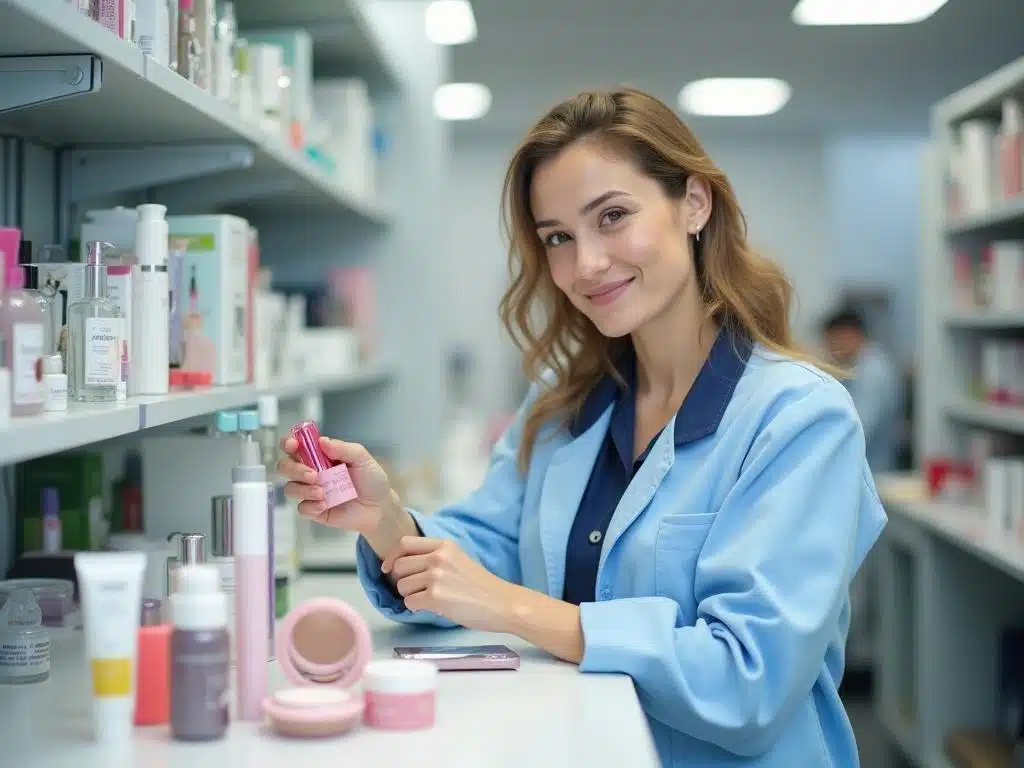
How To Cooperate With Cosmetics Factories?
In the dynamic and competitive beauty industry, partnering with the right cosmetic manufacturer is paramount to the success of your cosmetics business.

